Barry Gibb CBE (b. 1946) and twins Robin Gibb cbe (1949–2012) and Maurice Gibb cbe (1949–2003) were the brothers comprising the band The Bee Gees. Barry Gibb was born on the Isle of Man, and his brothers in Manchester. Having performed together as The Rattlesnakes, they emigrated to Australia in 1958, settling in Redcliffe, just north of Brisbane. Playing gigs at Redcliffe Speedway and along the Gold Coast, they attracted the attention of Bill Gates, who played their songs on his wireless program Swinging Gates’s Platter Chatter, and Col Joye, who helped them get a record deal in 1963. After several singles, in 1965 they released their first LP, with the unambiguous title The Bee Gees Sing and Play 14 Barry Gibb Songs. Their 1966 single ‘Spicks and Specks’ reached number 1 and was named Go-Set’s single of the year just as the band left to seek its fortune in London. Their debut English single, ‘New York Mining Disaster 1941’, was the first of many international hits. In 1977 their soundtrack album for Saturday Night Fever would become the largest-selling movie soundtrack in history (although it was unaccountably overlooked for Oscar nomination); at one point, Barry Gibb could count five of his songs in the US Top 10 at once. In 1979 they starred alongside Peter Frampton in their first and last Hollywood movie, the big-budget calamity Sergeant Pepper’s Lonely Hearts Club Band. Inducted into the Rock and Roll Hall of Fame in 1997, The Bee Gees gradually ceased to exist as a unit with the sudden deaths of Maurice Gibb in 2003 and Robin Gibb in 2012. (The trio’s younger sibling Andy died in 1988, aged 30.) Barry Gibb remains one of the most successful songwriters of all time. Accompanied by his mother, he unveiled a statue and walkway commemorating the Bee Gees in Redcliffe in early 2013.
Rennie Ellis (1940–2003), photographer and writer, published seventeen books. The National Portrait Gallery has twenty of his definitive photographs from the 1970s and 1980s, subjects of which include exotic dancer Carlotta, singer Helen Reddy and ‘Witch of Kings Cross’ Rosaleen Norton.
Collection: National Portrait Gallery
Purchased 2005
© Rennie Ellis Photographic Archive
www.RennieEllis.com.au



On one level The Companion talks about the most famous and frontline Australians, but on another it tells us about ourselves.
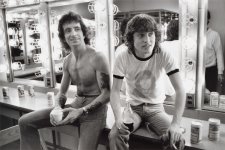
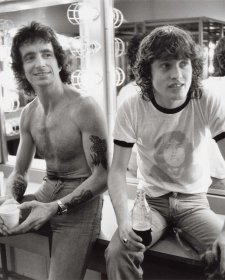
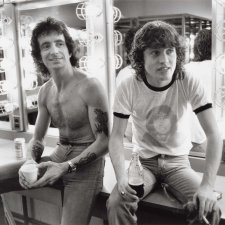
Bon Scott and Angus Young photographed by Rennie Ellis are part of a display celebrating summer and images of the shirtless male.

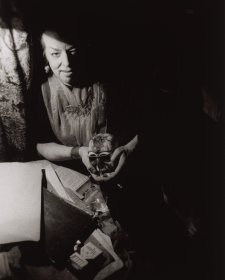
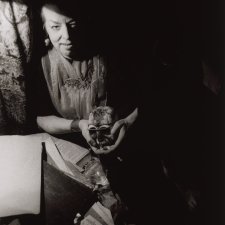
Rennie Ellis photographs the self-proclaimed 'Witch of Kings Cross'.